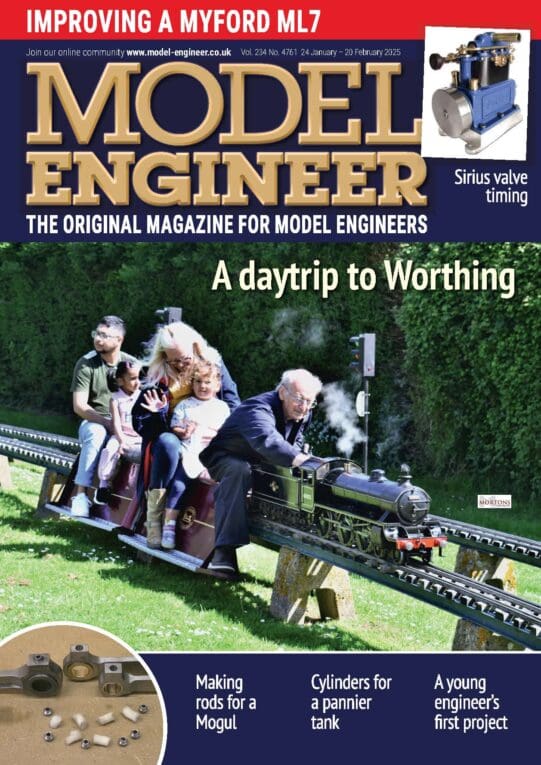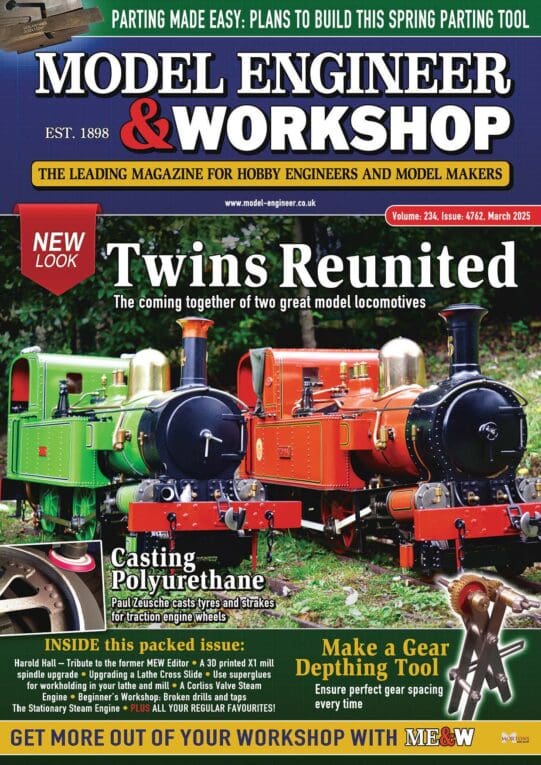What is wrong with boring the taper in situ????
It’s very simple to do, even for a beginner. Get your self a nice insert boring bar and set the topslide do the correct angle and away you go. No big deal at all. You dont have to remove every scar from it, just enough so it works and grips.
Topslide can be set at the correct angle quite easily with a dial indicator. Either set a MT2 tailstock centre between the tailstock and a piece of bar turned to a point in the chuck and clock it with the dial indicatior, or turn a piece of bar parallel between the chuck and tailstock, then use the dial indicator to read the number of thou over exacly one inch of movement of the topslide as per the graduated handwheel dial. (yes yes there is a very slight error because of the angle, but it is only about one thou over that distance and in practice makes no difference, in my experience.)
Reboring it will get the hole concentric again, whereas a reamer just follows the old dodgy hole.
I had to do this on my ML7. It had been butchered with a large hole being drilled down the first half of the taper as rough as guts for some reason. So I bored it out parallel for that first half, then made up and inserted a sleeve, which I then bored out tapered until it met the taper in the existing hole and cleaned it all up in one cut. Finished the last thou with a reamer just for a nice smooth finish.
And guess what? In the 7 years since, I have never once needed to use that tapered hole. On the Myford you can’t really use a soft centre straight in the spindle because then the carriage has to hang off the end of the bed into the gap to get the tool that close to the spindle. Or the topslide has to be extended out to a ridiculous level. I instead hold a piece of scrap bar in the chuck, turn a point on it and use a driving dog that engages with a chuck jaw. Much betterer.
I definitely would not even think about a new spindle just because that taper is dodgy. Just use as is, or rebore it.
Plus if you get a new spindle you really should scrape in the white metal bearings to match it. Which is not a beginner level task.
Plus plus, be wary of trusting runout on a ground test bar. Some of them are very poorly made and not to be trusted at all. Best to make your own, turned between centres on the lathe so you know its good. Or put your ground test bar between centres in the lathe and check it along the taper and the parallel section for zero runout when rotated with a dial indicator on it.
EDIT: HAHA, you posted the answer to my question as I was typing. You might consider than drilling and boring the spindle out parallel and pressing/Loctiting in a sleeve that is then finish bored, much as I did with mine.
Mick Bailey.






